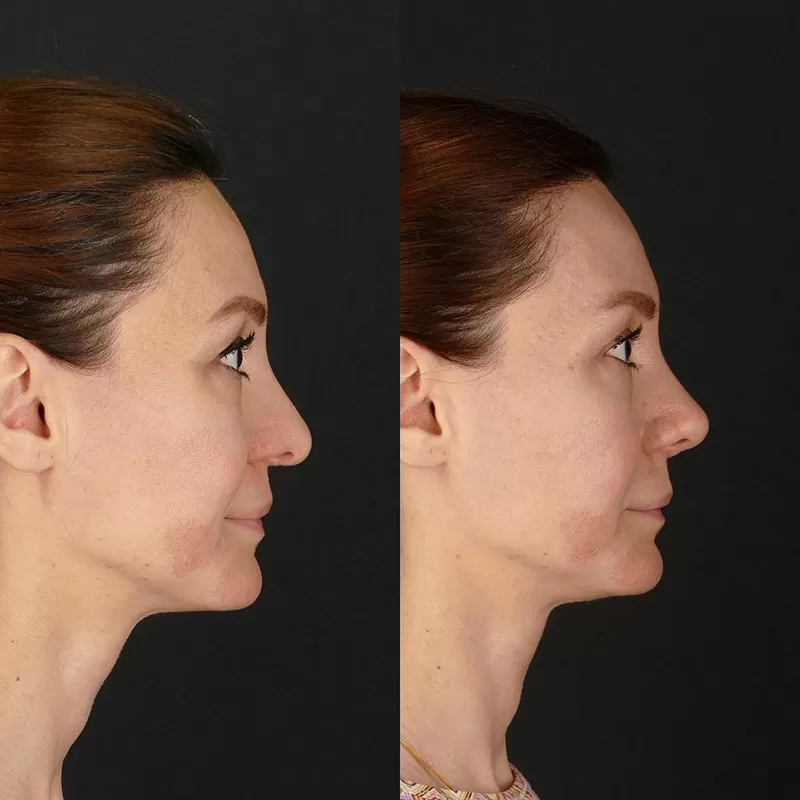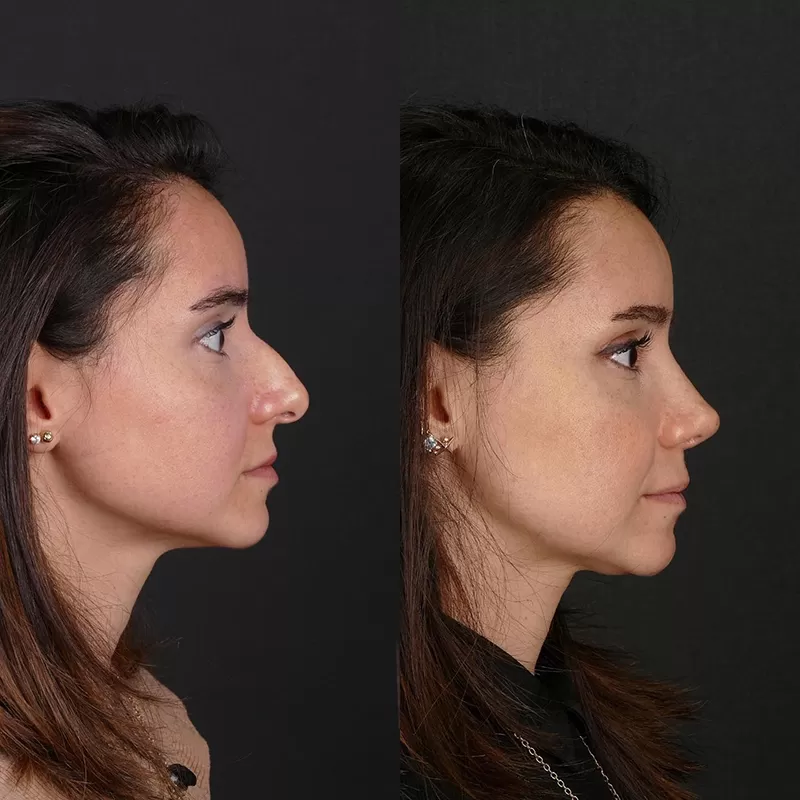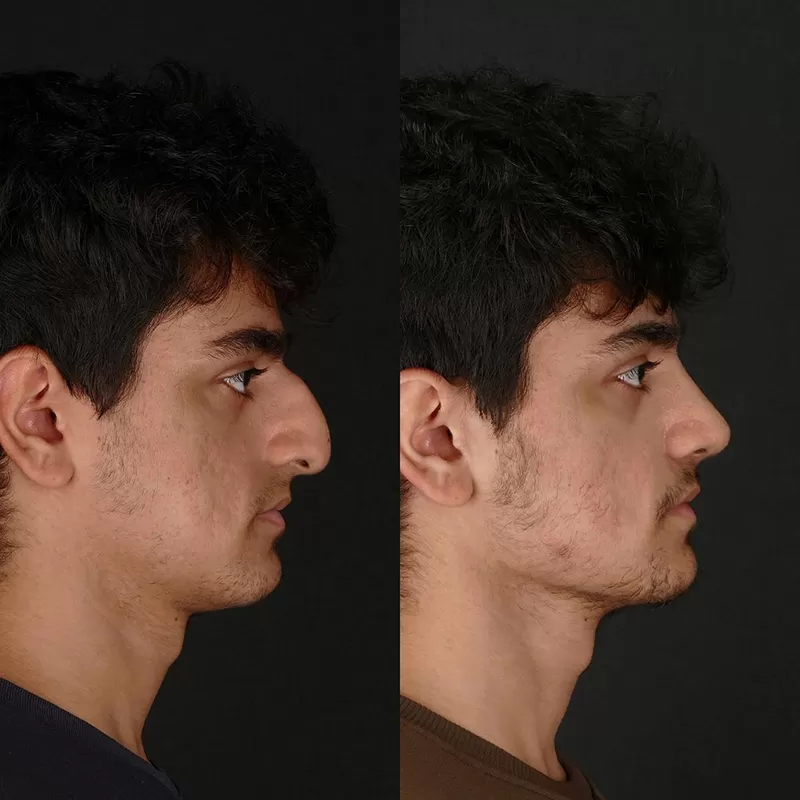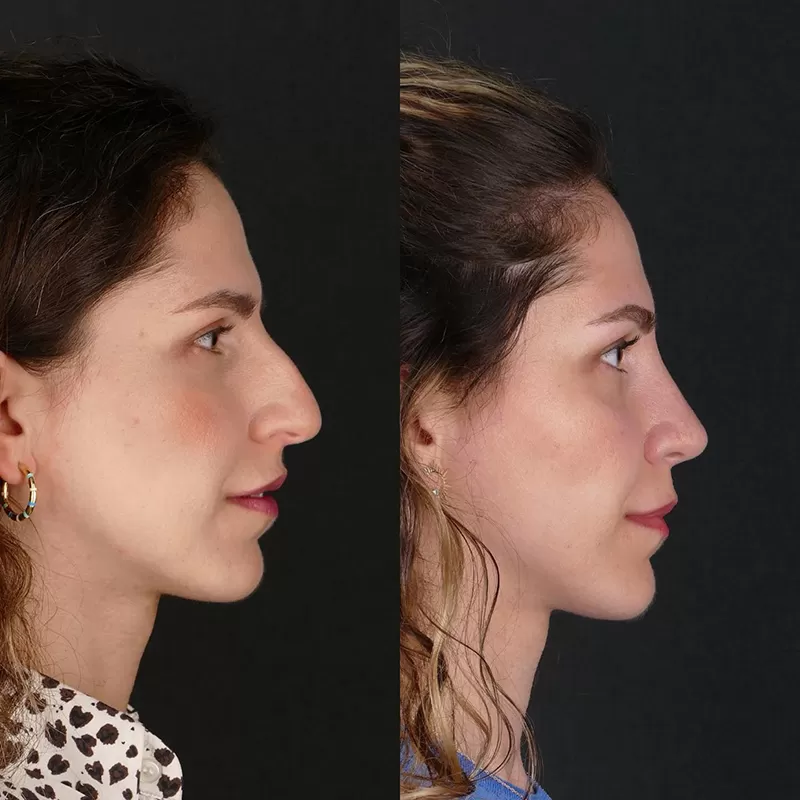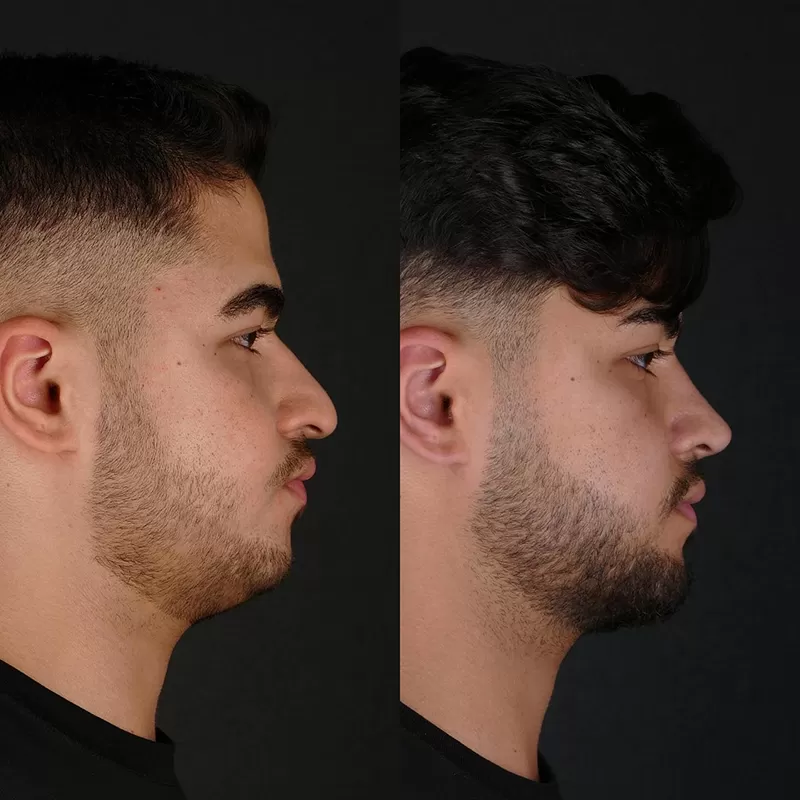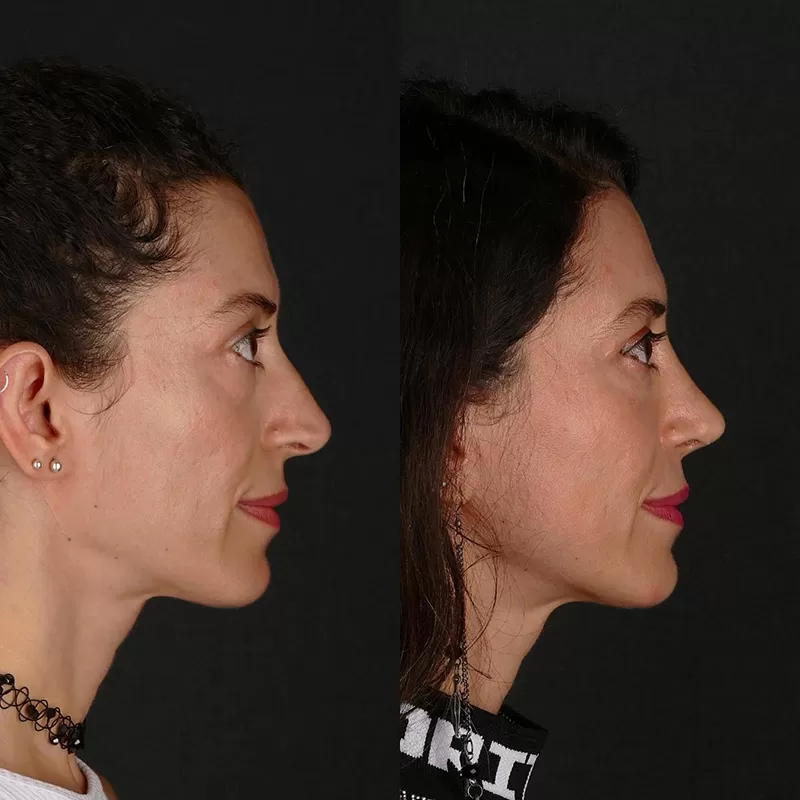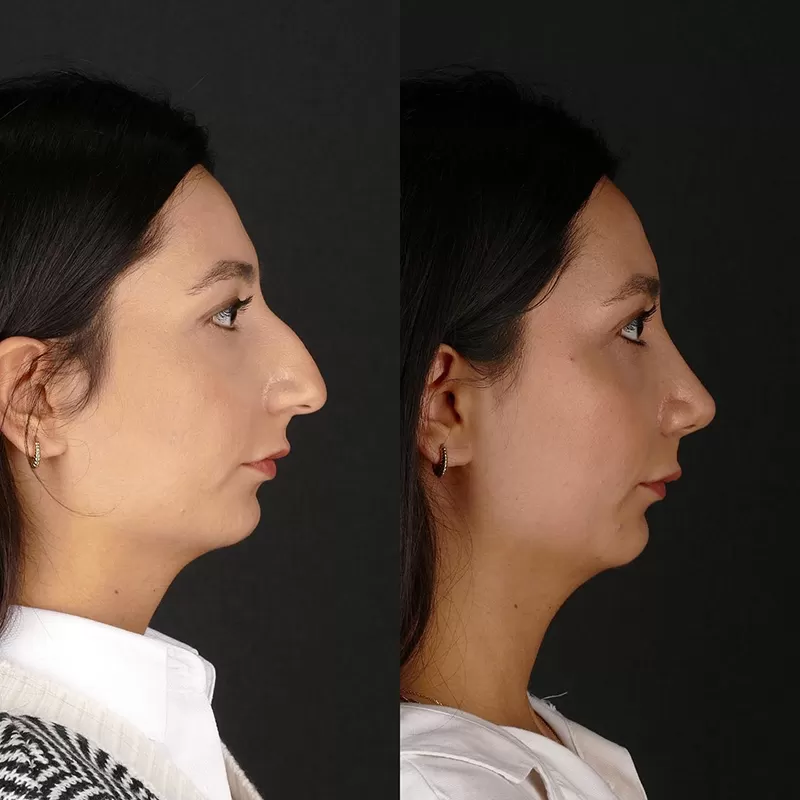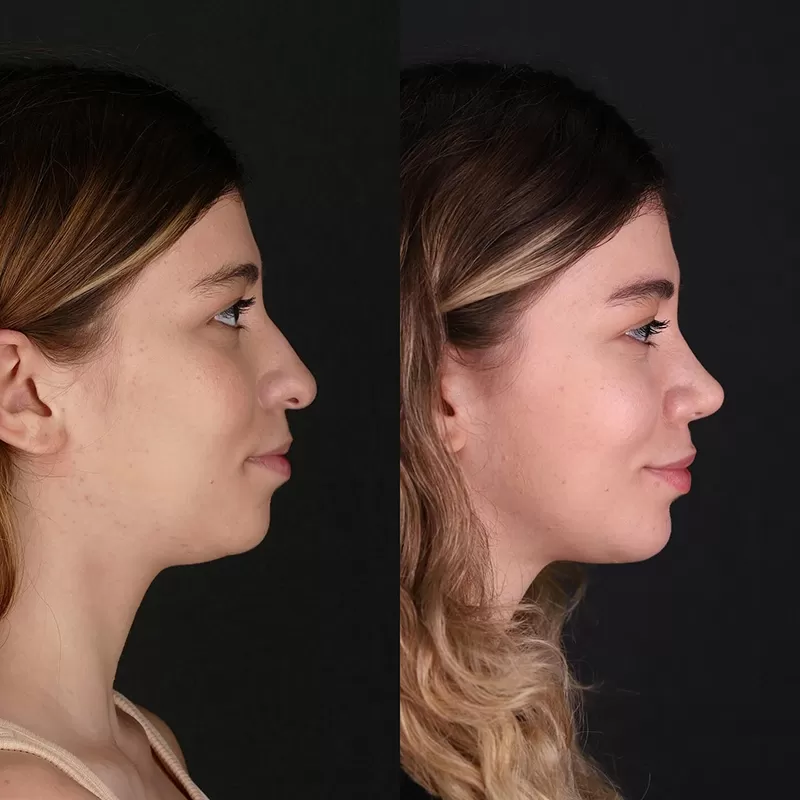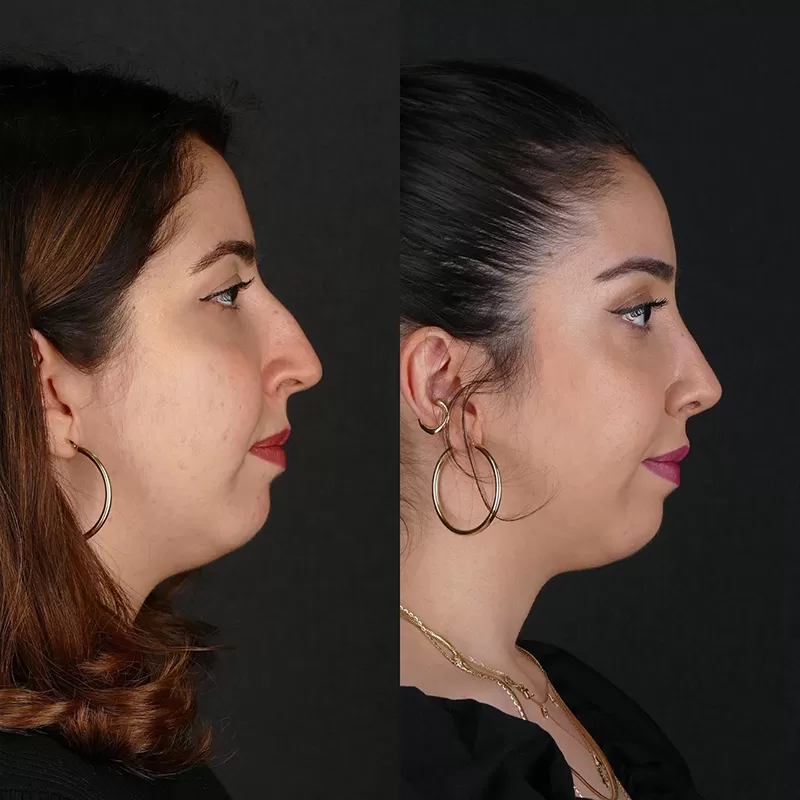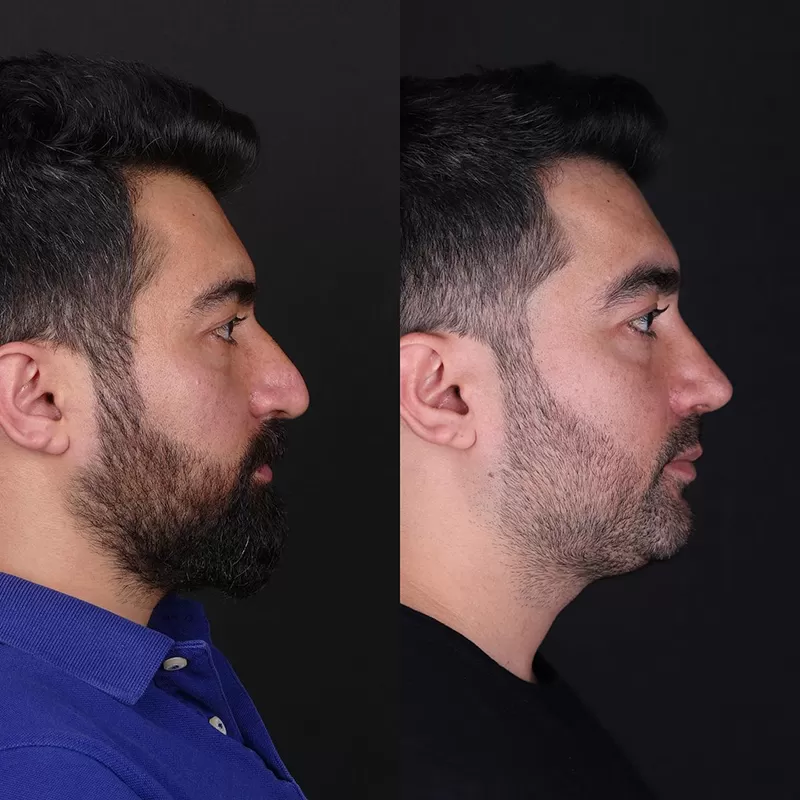Vocal Cord Cyst
İçindekiler
ToggleVocal Cord Cyst
Vücudun farklı doku ve organlarında ortaya çıkan, birçok hastalığa sebep olan, tipik olarak içi sıvı, koloit (yarı sıvı), yağ veya hava ile dolu, kabarcık şeklindeki patolojik torbalara Kist (cyst) denir.Cysts are pathological bags in the form of bubbles, typically filled with liquid, colloid (semi-liquid), fat or air, which occur in different tissues and organs of the body and cause many diseases.
They are also called tumors. They do not have a certain size, they can be different sizes. They are surrounded by a membrane-like cyst wall. They can be benign or malignant.

However, in case of the possibility of cancer, all cysts are treated as malignant and analysed and it is decided after examination whether they are benign or not. Even if they are benign, they can cause very serious problems due to the sensitivity of the area where they are located in the body and their size. The vast majority of them are removed by surgical intervention. They are often confused with abscesses, which are covered with pus.
Vocal Cord Cyst is a benign tissue deterioration that is usually formed in the middle part of the vocal cords and is unilateral, filled with fluid or oil, white or yellow, and looks like a sac, and is called a vocal cord cyst. They are not as common as nodules and polyps. There are two different types: Mucus Retention Cysts, which are filled with fluid and mucosa, and Epidermoid / Sebaceous Cysts, which are filled with keratin or oil.
TREATMENT PROCESS
Vocal Cord Cyst
1 Session
3 Days
Lifetime
20 minutes
5 days later
General Anesthesia
5 Days
What are the symptoms of vocal cord cyst?

What Causes Vocal Cord Cyst?
The exact cause of vocal cord cyst formation is not known. It usually occurs due to inflammation or tissue blockage in the area where it is located. As with nodules or polyps, cyst cases caused by excessive and bad use of the voice alone are limited. It usually occurs when the voice is used badly during an upper respiratory tract infection (URTI) or laryngitis (inflammation of the larynx). Conditions that occur during the development of the baby in the womb and are seen with birth have also been encountered. In addition to these factors, genetic problems, sebaceous glands, hormonal irregularities and problems can also lead to the formation of vocal cord cysts.
The diagnosis and diagnosis of vocal cord cysts is usually made by endoscopic devices called laryngoscopy or stroboscopy, in which the vocal cords and their surroundings are imaged, or by acoustic analysis, in which the sound extracted is analysed by computer. In parallel with this examination, a detailed examination of the vocal cords is performed by an ear-nose-throat doctor. Thus, it is understood whether the complaints are caused by a vocal cord cyst.

